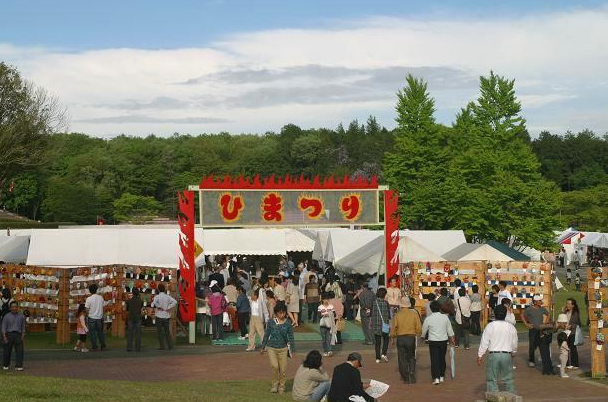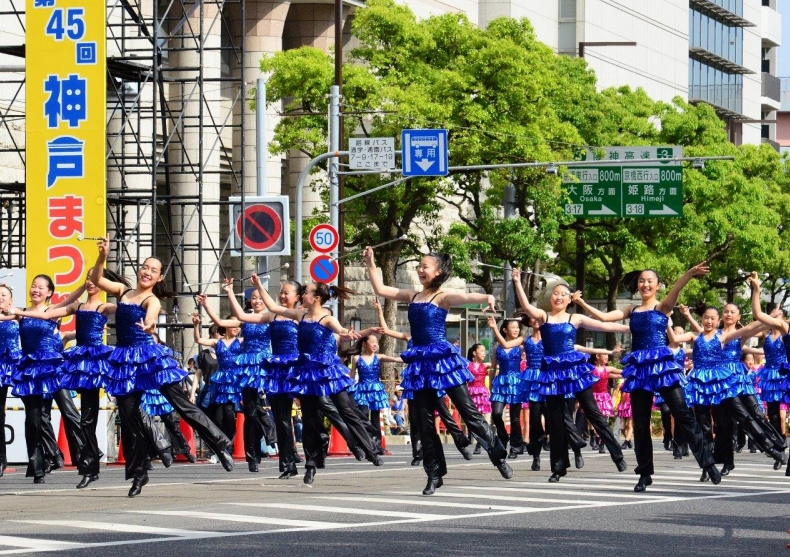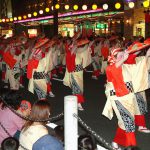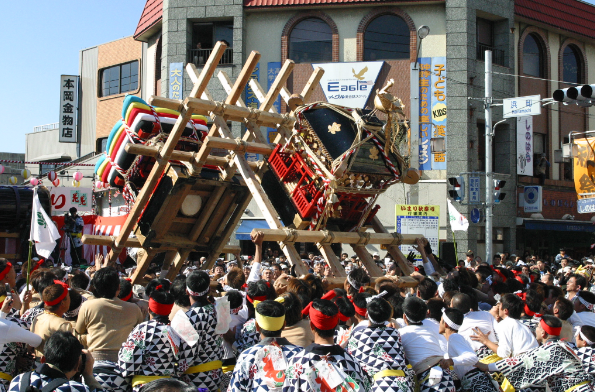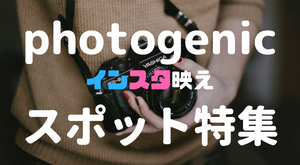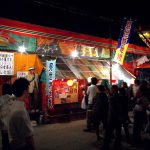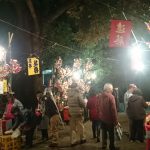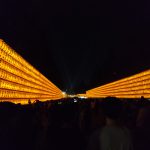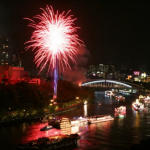Kyoto City: The Cultural and Political Hub of Ancient Japan
Kyoto City is located in Kyoto Prefecture.
Heian-kyō was established here, and during that time, it flourished as the cultural and political center of Japan. Many of you may have visited this city during school trips. Kyoto is home to many valuable historical buildings that are indispensable for understanding Japanese history. The usual spots include Kiyomizu-dera, Kinkaku-ji, Ginkaku-ji, Byōdō-in Hōō-dō, and Fushimi Inari Taisha.
The festivals held in Kyoto City are traditional and evoke a sense of “wa” (harmony or Japanese culture). These festivals provide glimpses into the lives of people in ancient times, giving you the feeling of traveling back in time. Not only can you visit historical buildings, but by observing or participating in these festivals, you can experience Japanese culture more deeply.
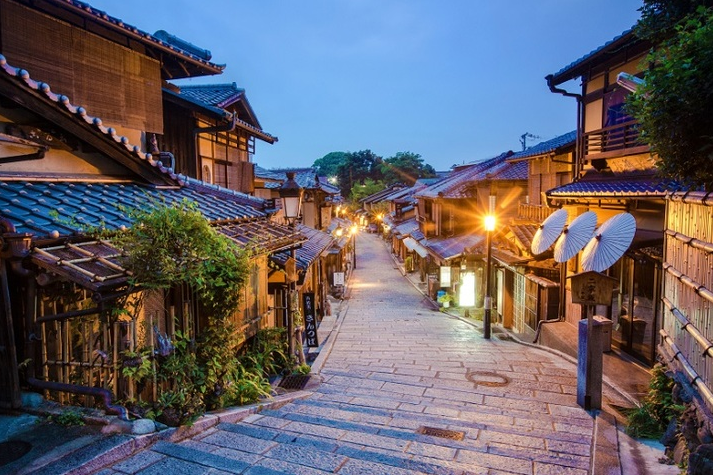
Quoted from Newsweek
Travel Back to the Heian Period with the Aoi Matsuri!
Location: Kamo Mioya Shrine (Shimogamo Shrine) and Kamo Wakeikazuchi Shrine (Kamigamo Shrine)
Procession Route: Goshō (Imperial Palace) in Kamigyō-ku to Shimogamo Shrine in Sakyō-ku, then to Kamigamo Shrine in Kita-ku
Date: May 15
Access: Goshō: Immediately near Marutamachi Station on the Kyoto Municipal Subway
http://www.pref.kyoto.jp/gyoji/k01.html (Kyoto Prefecture Official Website)
The Aoi Matsuri, a festival held at Kamo Mioya Shrine and Kamo Wakeikazuchi Shrine, was formerly known as the Kamo Matsuri or the Northern Festival, and is one of the four major events in Kyoto alongside the Gion Matsuri, Jidai Matsuri, and Gozan no Okuribi.
The festival came to be known as the Aoi Matsuri during the Edo period, after the festival was revived. The reason behind this name change is that on the day of the festival, everything from the Gosho’s (Imperial Palace) imperial carriage to the ceremonial attendants’ attire, and even the ox-drawn carts and horses, was decorated with hollyhock leaves (aoi no ha).
In the mid-Heian period, the term “matsuri” referred to the Aoi Matsuri. It was so renowned among the nobility that, unlike the Gion Matsuri, which was a festival for commoners, the Kamo Festival was organized by the Kamo family and the imperial court. Nobles frequently visited to observe the event, and it came to be recognized as a festival for the aristocracy.
A Festival with a Long History and Tradition!
Since the Heian period, this festival has been conducted as a national event, preserving the traditions of the imperial court. It is one of the few Japanese festivals that retain the customs of the imperial court.
You can witness an elegant imperial procession that perfectly recreates the appearance of Heian-period aristocrats, as they travel from the Kyoto Imperial Palace through Shimogamo Shrine to Kamigamo Shrine.
In 567, during the reign of Emperor Kinmei, severe wind and rain prevented the five grains from ripening. It was believed that the wrath of the Kamo deities caused this calamity. Upon consultation with Wakahiko of the Ikeshi, who was a devout follower of the Kamo deities, it was decided to hold a festival on an auspicious day in April, by imperial decree. When they attached bells to horses and people wore shishigashira (boar heads) and competed in horse races, the wind and rain subsided, the five grains ripened abundantly, and the people of the country lived in peace. This is considered to be the origin of the festival.
This tradition continued and in 819, it became a national event held as one of the most important annual rites under the ritsuryō system of the imperial court.
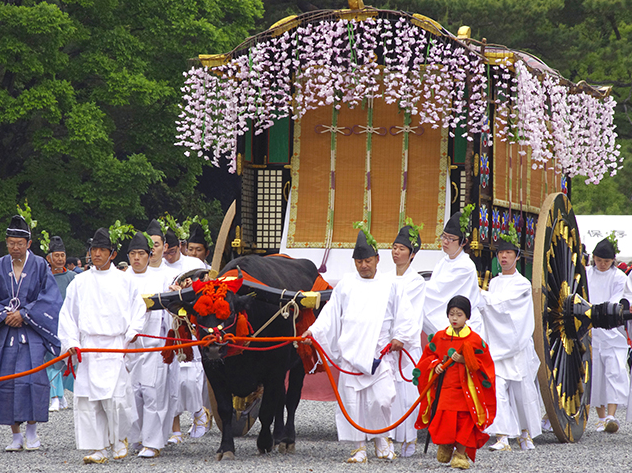
Quoted from the Kyoto Enthusiast’s Handbook
What are the Highlights of the Aoi Matsuri?
The Aoi Matsuri features various sacred rituals, including the Yabusame Shinji (horseback archery) on May 3 and the Misogi Matsuri and Goka Shinji on May 12.
Among these, the Yabusame Shinji held on the 3rd is particularly famous. During this event, archers dressed in aristocratic and samurai hunting attire gallop along a 500-meter course in the center of Tadasu no Mori, shooting three targets from horseback.
Yabusame can also be written as “矢伏射馬” (Yafuse Uma), highlighting the practice of shooting arrows from horseback. This event requires a high level of skill to shoot arrows accurately at targets from an unstable position on a galloping horse, and its intensity makes it one of the most popular preliminary ceremonies.
The festival consists of three main events: the “Ritual at the Imperial Court,” the “Ritual on the Road,” and the “Ritual at the Shrine.” However, the “Ritual at the Imperial Court” is no longer performed.
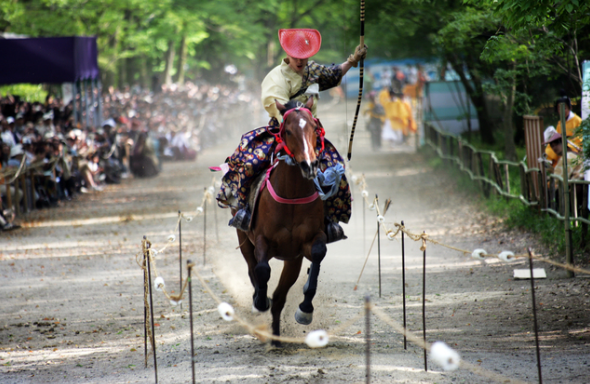
Quoted from the Seasonal Events Journal
Get Up Close to See the Heian Aristocrats!
The Aoi Matsuri offers numerous highlights, including the elegant imperial procession that recreates the appearance of Heian-period aristocrats and the thrilling yabusame event. As one of Kyoto’s most prominent festivals, it’s an event you won’t want to miss.
Kyoto’s Three Major Festivals
- Jidai Matsuri
- Gion Matsuri
Featured image quoted from Kyoto Best Spots Web
(Edited by 千八乃)


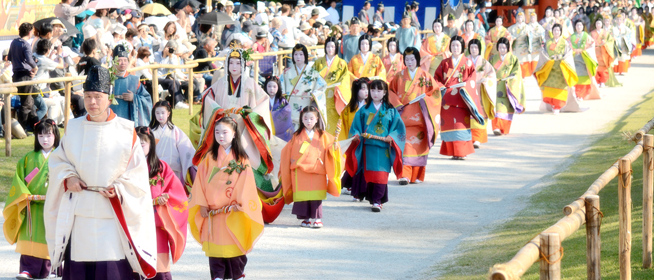
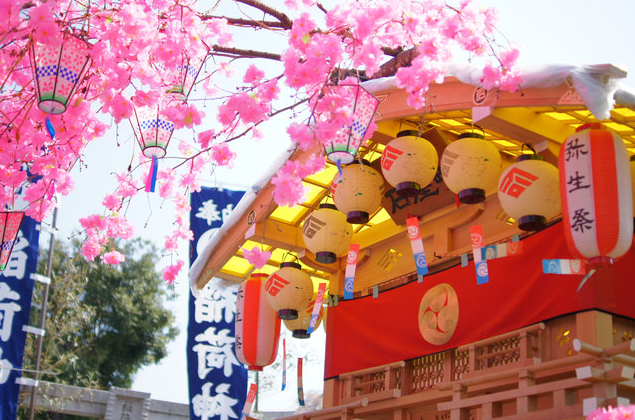
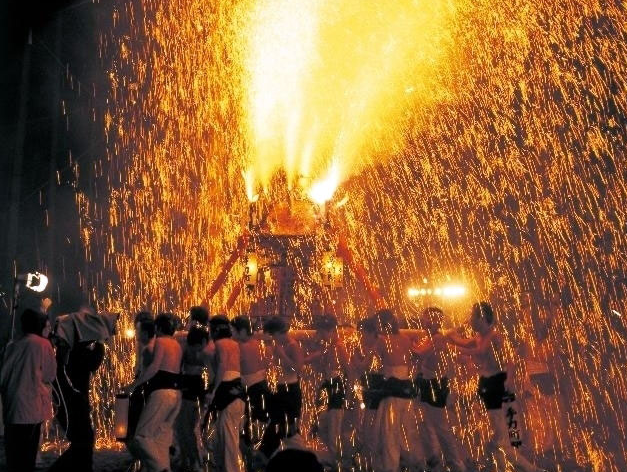

.png)

